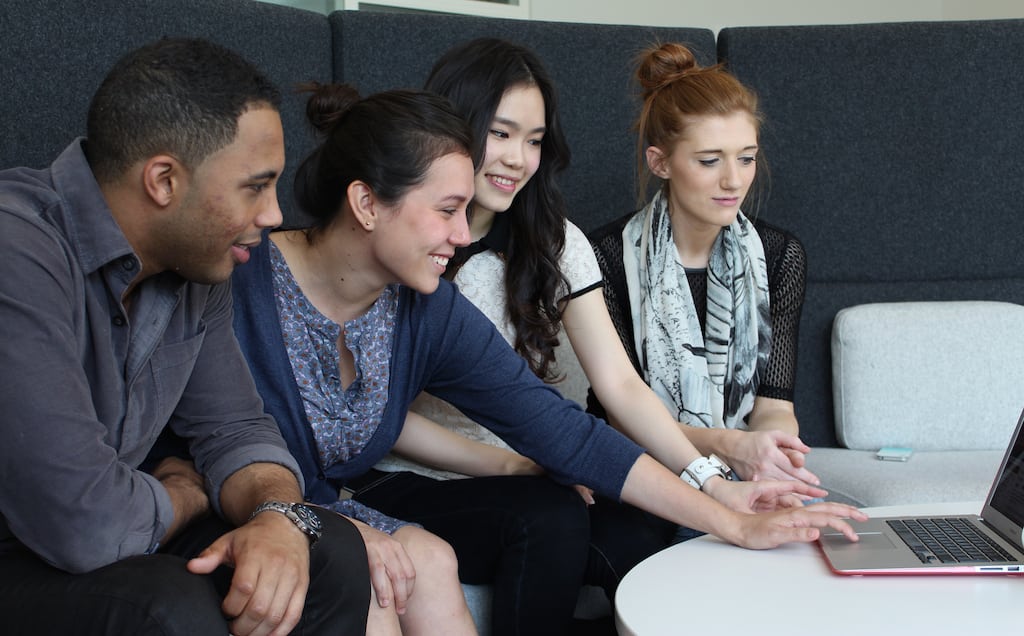Skift Take
Social customer service has evolved from trend to hospitality standard pushing brands to improve their communication with guests and define their service level. The people tasked with carrying out that job must be quick, creative and most importantly patient.
Travelers take it for granted today that they can reach out to their hotel, anywhere from the airport to under the covers of the hotel bed, and expect an answer to a pressing matter.
Social media has changed the way that customers can interact with airlines, hotels, and sometimes even destinations but rarely do we look behind the curtain at the often caffeinated and creative folks behind the tweets reminding us once again of check-in time. We spoke to several of the social media and marketing managers at the largest U.S. brands for insights into their day-to-day tasks and wackiest social requests.
Most hotel brands have the response goal of 30 minutes on social and resolve time of 48 hours at most, according to Skift’s report Social Media Customer Service in the Travel Industry. Brands and properties develop different ways to ensure a response is never far away for guests.
Marcella Nicotera, Starwood’s director of social Media and eService care, overseas a team of 30 people spread between six centers in different time zones. The goal is to have a Starwood employee always available for guests, which means someone in Australia might respond to a guest in the middle of the night in the U.S.
“They are our first line of defense. It’s a small team that’s showed great acumen so we give them the freedom to do what they need to give guests a better experience,” explains Starwood spokesperson.
Casey Anderson, digital marketing manager for Hilton Waikoloa Village, handles all of the property’s social media accounts and will often check for urgent requests before even getting out of bed in the morning.
“I see an opportunity window. You can build a strong emotional connect with someone when you respond quickly,” explains Anderson.
An On-Call Career
All of the brands we spoke to emphasized the importance of prioritizing guests’ messages. Complaints and timely requests are handled first, followed by comments or more general questions about an upcoming trip.
There’s a very good reason behind that and it’s not all about customer service. Social media gives customers a platform to share their frustrations about an experience, a quick response can make the brand look great but a delay response can hurt it.
Anderson explains that the goal is to resolve issues quickly and make the conversation private when possible.
“We try to answer them privately, because don’t want the bad publicity out there,” he says.
It’s common to see social media managers suggest an email, phone number or even an DM.
Evolution
The role of a hotel social media manager has evolved over years and continues to change season-to-season and even day-to-day.
Marriott director of social media Keith Picthall best described the overall changes in Skift’s recent trend report.
“We’re turning over full moderation, in that our customer care team has evolved into our customer advocacy team. They are now managing negative, positive and neutral messages,” he says.
Kristin Adderson, marketing manager for Washington Hilton and Capital Hilton Hotels, launched the hotels’ social media presence five years ago and has watched this guest engagement evolve first-hard.
“Five years ago, you saw more of techie base, that used social media, engaging hotels. As social media platforms have evolved, I’ve really seen a variety of guests, families and different types of travelers on social media,” she says.
Adderson’s social initiatives continue to change by the season. There are an influx of families during the summer, which is replaced by business travelers during the spring and fall.
“My role, as it relates to social media, varies on the kinds of guests we see.”
That sometimes means fulfilling even the strangest requests.
Adderson tells a story about one guest that requested dragons await them in their hotel room. Prior to their arrival, the staff went to work cutting out images of dragons and placing them on the guest’s bed, TV and bathroom sink.
The Hilton Waikoloa Village once fulfilled a social request for a recording a the safety voiceover from the resort’s on-site tram. An MP3 with the recording was sent to the guest based entirely off social media interactions.
Although entertaining, these requests are few and far between.
The most common kinds of requests and questions that come in via social media often have to do with meals and attractions.
At the Capital Hilton, guests tweet in for restaurant and activity recommendations in the city. At the Hilton Waikoloa Village, guests alert the hotel of their dietary restrictions.
The kind of request also changes based on the platform. For example, the hotel’s Pinterest caters to brides, its LinkedIn is for meeting planners or potential employees, and its Instagram is for a mostly younger audience.
Have a confidential tip for Skift? Get in touch
Tags: facebook, social media, twitter
Photo credit: Students in a social media management course. University of Salford Press / Flickr
